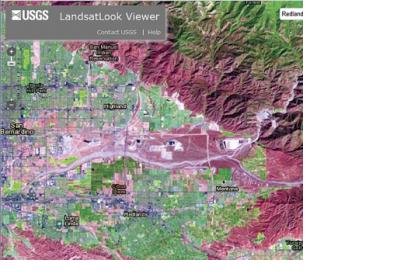After hurricane Sandy hit New York and New Jersey in late October 2012, recovery and reconstruction have been underway. Larry Greenemeier, author at the Scientific American, underlines the importance of Geodesign in this process.
"Geodesign is an approach to city planning, land use and natural resource management that takes into account the tendency in recent years to overdevelop land at the expense of natural habitats, as well as population growth and climate change, which have left communities increasingly vulnerable to natural disasters. Geodesign arose thanks largely to the availability of geographic information system (GIS) data. Such data is gathered from maps, aerial photos, satellites and surveys and stored in large databases where it can be analyzed, modeled and queried," he says. This data would include weather data, but also take into account population demographics, land use and a variety of other factors.
"With GIS, we have the tools to understand our landscape and [the] impact of our design decisions,” says Tom Fisher, dean of the University of Minnesota’s College of Design. "As an analytical tool, GIS is more than geographical information—it’s a way to visualize weather, climate and demographic data as well," he adds.
Greenemeier indicates several geodesign projects in the United States: "The city of Asheville, N.C., offers an interactive mapping tool called Priority Places to help local businesses determine where best to put their offices and factories, help urban planners find neighborhoods for renewal projects and help real estate developers make decisions based on population demographics and zoning regulations. In Montana, the Yellowstone Ecological Research Center’s data processing and modeling capabilities help biologists and land managers with landscape planning and management of local species and their habitats. Meanwhile, Florida planners are turning to geospatial data that reveals information about the state’s population distribution to anticipate the state’s needs in 2060, by which time the population is expected to have doubled to 36 million people, placing a heavier burden on already overcrowded urban areas and infrastructure."

